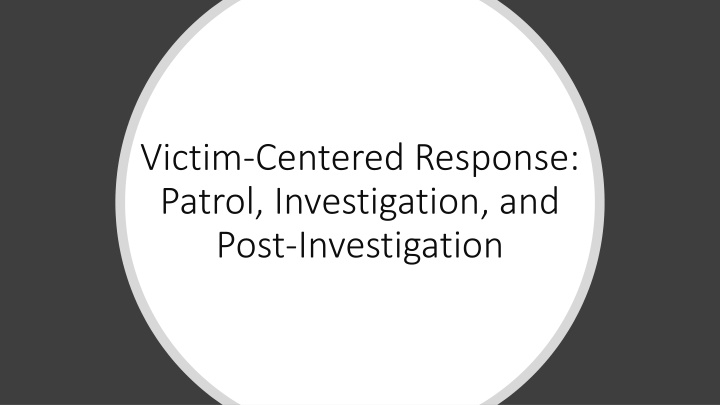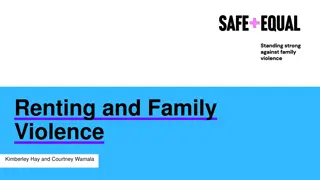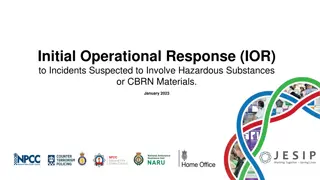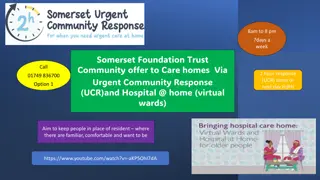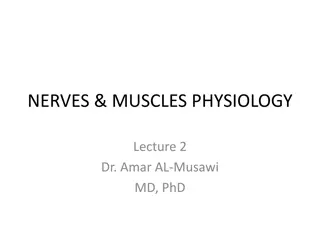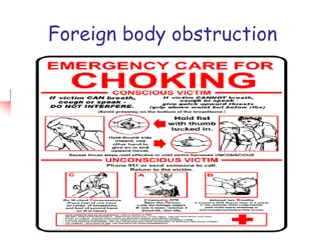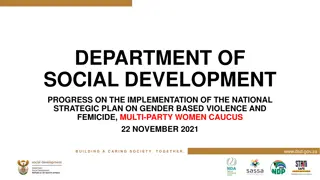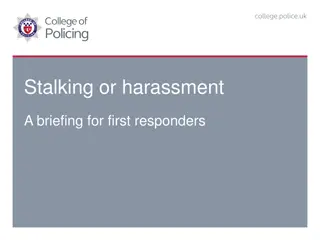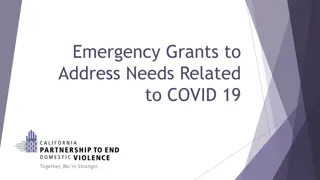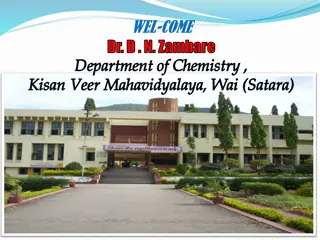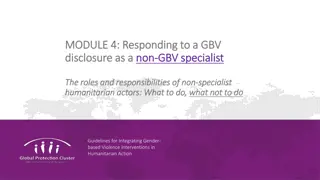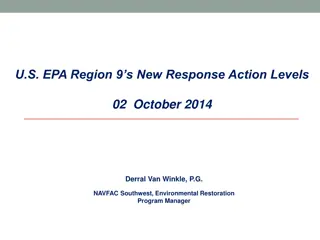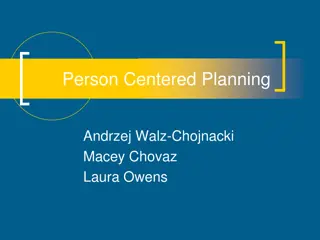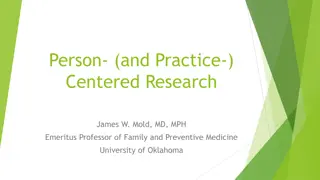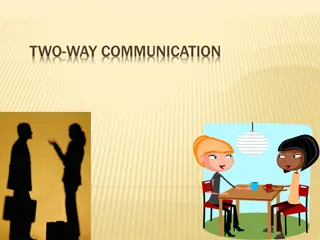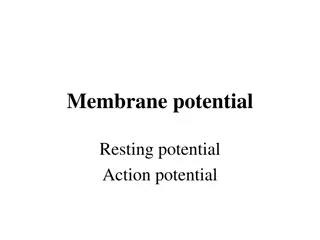Victim-Centered Response: Key Elements and Action Steps
Critical needs of victims and the importance of procedural justice in each phase of patrol, investigation, and post-investigation. Learn about action steps to address challenges and provide support to victims effectively.
Download Presentation

Please find below an Image/Link to download the presentation.
The content on the website is provided AS IS for your information and personal use only. It may not be sold, licensed, or shared on other websites without obtaining consent from the author.If you encounter any issues during the download, it is possible that the publisher has removed the file from their server.
You are allowed to download the files provided on this website for personal or commercial use, subject to the condition that they are used lawfully. All files are the property of their respective owners.
The content on the website is provided AS IS for your information and personal use only. It may not be sold, licensed, or shared on other websites without obtaining consent from the author.
E N D
Presentation Transcript
Victim-Centered Response: Patrol, Investigation, and Post-Investigation
Critical Needs of Victims Critical Needs of Victims Safety Support Information Access Continuity Voice Justice
Victim-Centered Response at Each Phase Patrol Investigation Post-investigation
Procedural Justice Is the victim being treated with dignity and respect during all encounters? Is the victim included in all process decisions? Procedural justice can be extremely powerful for victims, regardless of case resolution. Is there transparency in all process decisions? Do system professionals have the necessary skills and training to convey trust in the system? Are personal or professional judgements or desired outcomes being substituted for the victim s?
Action Steps Victim Services Personnel Involvement Patrol Potential Challenges Addressing Critical Needs Procedural Justice
Patrol Response Worksheet & Mock Victim Interaction
Action Steps Victim Services Personnel Involvement Investigation Potential Challenges Addressing Critical Needs Procedural Justice
Investigation Response Worksheet & Mock Victim Interaction
Action Steps Victim Services Personnel Involvement Post- Potential Challenges Investigation Addressing Critical Needs Procedural Justice
Post-Investigation Response Worksheet & Mock Victim Interaction
Final Thoughts Victims do not enter the criminal justice system by choice. It is the job of system professionals to keep victims informed and included in decision-making at every phase. Informal supports (such as friends and family) and formal supports (such as victim services personnel) may increase a victim s willingness and ability to participate in the criminal justice process. Though prosecution and conviction might not always occur, victims who experience law enforcement consultation to address their needs and keep them informed may feel safer and better served. DebraPatterson and Rebecca Campbell, Why Rape Survivors Participate in the Criminal Justice System, Journal of Community Psychology 38, no. 2 (2010): 191 205.
Questions Questions
